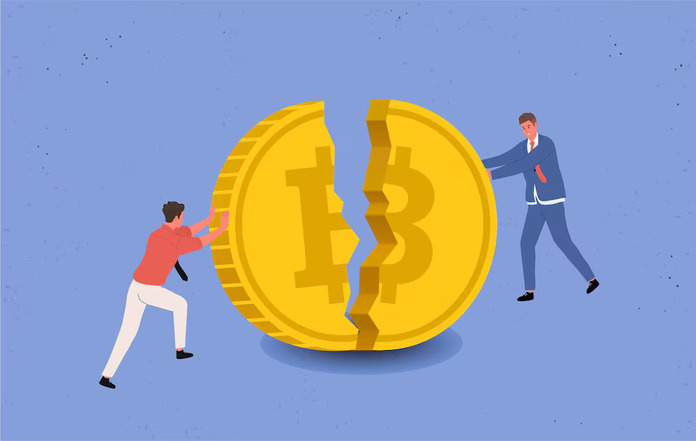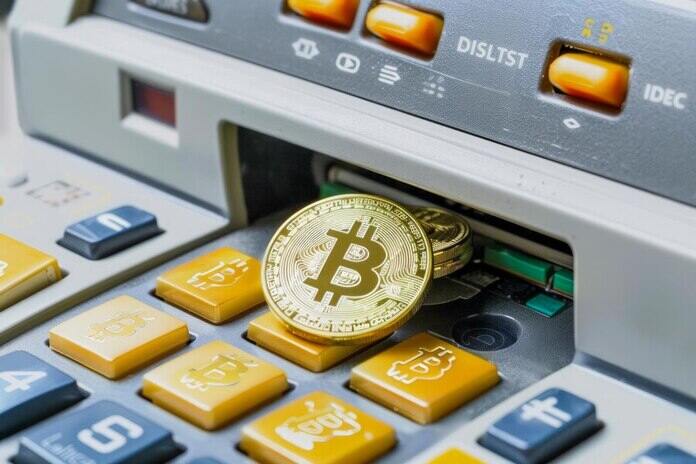Solana Betting Platform Parcl Sees 40% TVL Drop Following Airdrop

Solana-based decentralized betting platform Parcl has experienced a significant decline in total value locked (TVL), losing approximately 40% since early April, as reported by DefiLlama data. Other Solana-based airdrop tokens, including W and TNSR, have also witnessed notable declines in value.
Since its airdrop snapshot on April 3, Parcl has witnessed approximately $74 million exiting the protocol, marking a sharp decline from $184.5 million to $110.69 million in TVL within about two weeks. The platform distributed native Parcl (PRCL) tokens to eligible users following the snapshot, with its initial TVL dropping significantly post-airdrop.
The airdrop distributed 80 million PRCL tokens initially valued at $0.8255 each, but the token’s value swiftly plummeted to a low of $0.45 before rebounding to $0.5294 at the time of publication. Launched in February 2023, Parcl enables users to trade on assets reflecting major city housing markets through decentralized betting.
While Parcl did not respond to inquiries from The Block, the mass withdrawal from the platform coincides with weak performances of other Solana-based airdropped tokens. For instance, Wormhole’s W token has seen a 56.4% decline since its debut, and Tensor’s TNSR token has lost half its value post-airdrop.
Despite these setbacks, Solana projects continue to conduct airdrop events, with decentralized exchange Drift and Zeta Markets announcing plans for token distributions. Solana itself has grappled with congestion issues in recent weeks, likely exacerbated by spam transactions, although updates have been deployed to address these challenges.
CoinMarketCap data indicates an 18.8% decline in the price of Solana over the past seven days, mirroring a broader downturn in the crypto market, with the GMCI 30 index, representing a selection of the top 30 cryptocurrencies, falling 13.79% amid investor caution following geopolitical tensions.
Featured Image: Freepik





